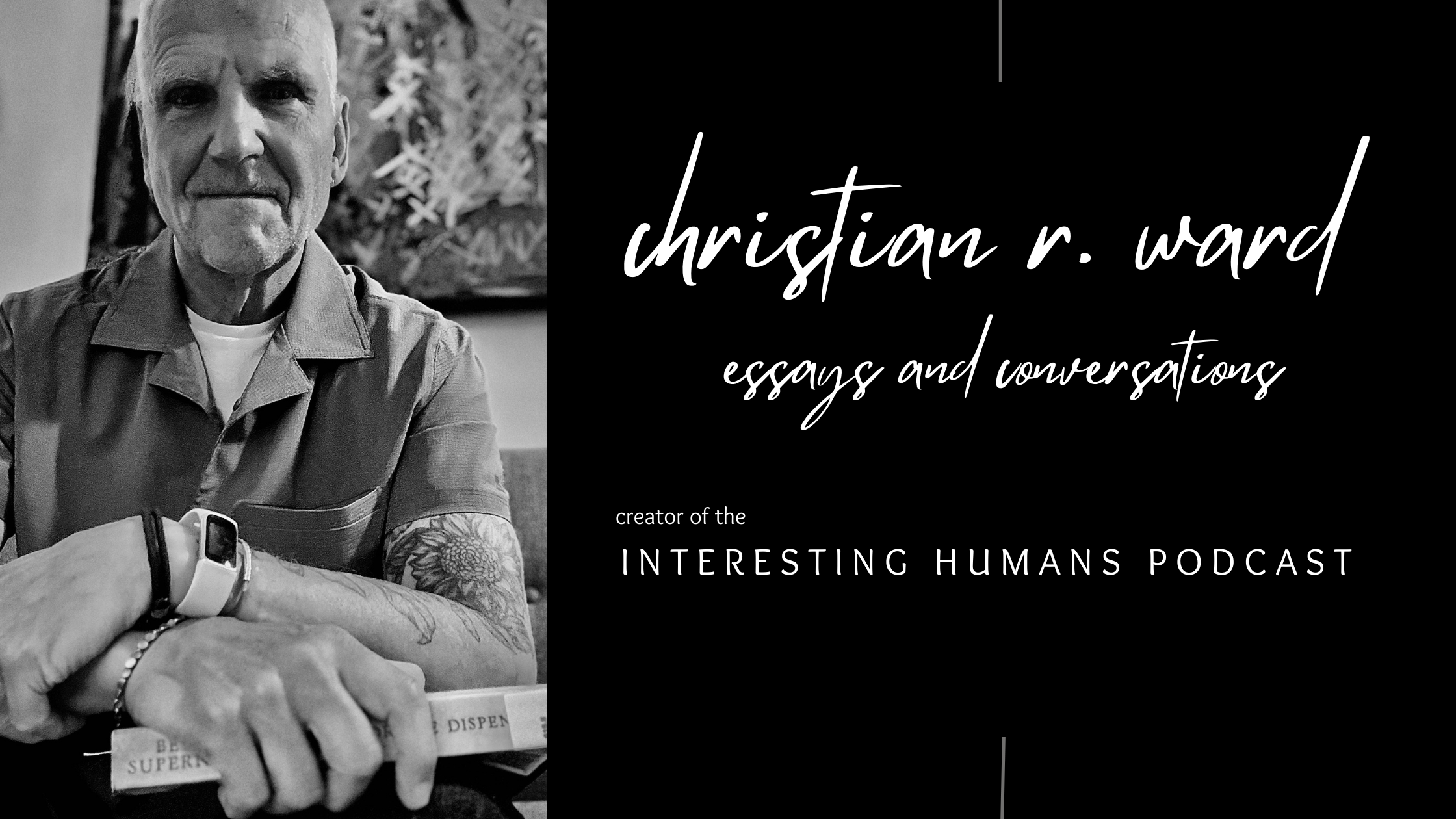Last updated on 8 December 2020
Share this
“The wound is the place where the Light enters you.”
― Jalaluddin Rumi
There are four jagged marks on my abdomen; One runs north from my belly button about three inches as a deep purplish bumpy ribbon, like something is slithering just beneath the surface of the skin. Three others, little, red, uneven potholes, are to the far right and left. I have yet another where the middle finger of my left hand used to reside.
I used to hate them. I hid them. For a long time, I wouldn’t take my shirt off at the beach. They were embarrassing, like dents on a beat up car after years of piss-poor driving. I saw my scars as symbols of weakness, of being damaged and inferior to those whose skin was pristine and devoid of scalpel or saw marks. Beyond representing the place where my flesh had been cut by a surgeon to save me, they were a frightening reminder of my true lack of control over what life might deal me.
“I don’t want to die without any scars.”
― Chuck Palahniuk, Fight Club
The truth, I realized over time, is that the longest lasting and most hurtful scars are internal. Buried inside my psyche, these are the real and perceived hurts, tumbles and unfairness the world has visited on me. They are all the times I felt misunderstood or disrespected or unimportant.
They start when we are children. Our parents are the first to inflict them, most often unwittingly for they are also most often dealing with the scars their parents left on them. We do the same to our kids in turn. They come from the stories we made up about what happened to us and each time we tell ourselves the same story, the scars became stickier, more permanent, even deeper. They are the internal “collateral damage” of the actual mishaps we’ve experienced.
We all have them. It takes being in a place of fear and deep vulnerability, of discomfort with the uncertainty of what’s around the next corner–and an acceptance–to understand the difference between actual physical and emotional scars.
Here’s the thing: without them, I wouldn’t be who I am. I wouldn’t appreciate the bounty of good things I have in my life and what it took to get here. My scars are a reminder of things gone awry to be sure. Times when I strayed close to the rocky shore. But even more they are badges of honor, earned by skimming the surface of dangerous waters and sailing on.
“Out of suffering have emerged the strongest souls; the most massive characters are seared with scars.”
―Kahlil Gibran
My scars tell the story of a well-lived life. My personal medals of resilience. As Chuck Palahniuk, author of Fight Club, said, “I don’t want to die without any scars.”
My scars remind me that I’ve experienced challenges and survived. It’s a matter of perspective: at the time, I was scared to death. Now, that fading purple ribbon where my cancer was removed is part of the story of my past, a speedbump, an inconvenience. It’s a piece of who I am along with everything else.
Now I hold others with scars in high esteem. When I see someone with a scar I am immediately fascinated. I want to ask them about the story behind the jagged lines. What happened? What did they endure? How have their obvious mishaps shaped them?
All of these questions come out of the deepest respect. I know that I don’t have the corner on difficult life experiences. Not even close. My scars are merely the remnants of the place on my body the doctor opened to eradicate my cancer. Millions have endured similar and worse.
I’m not so discombobulated now when I see them in the mirror. My scars remind me, as Cormac McCarthy once said, that my past is real. My scars and I share the same body and the same story. Lest I forget, my scars reinforce for me how precious every single day has become.


